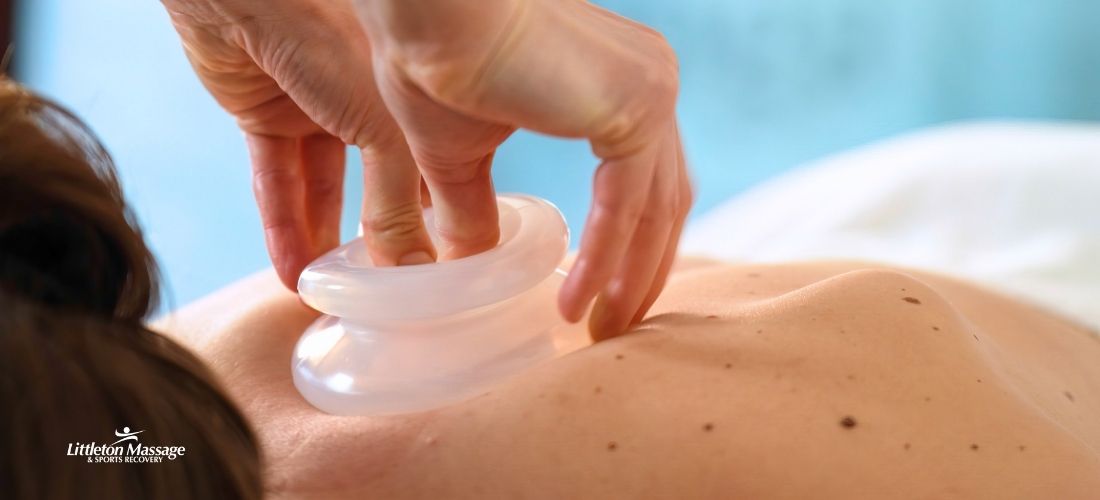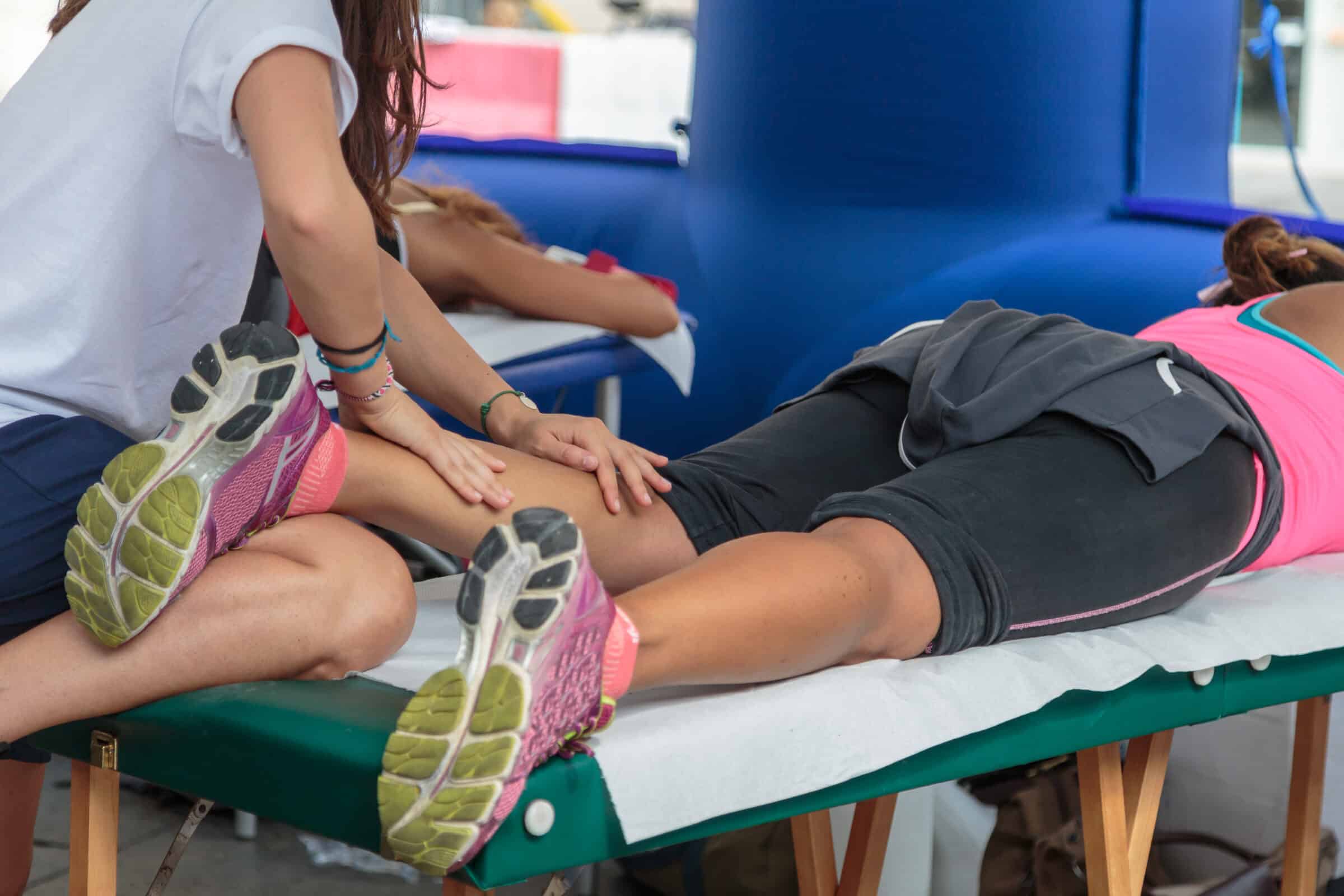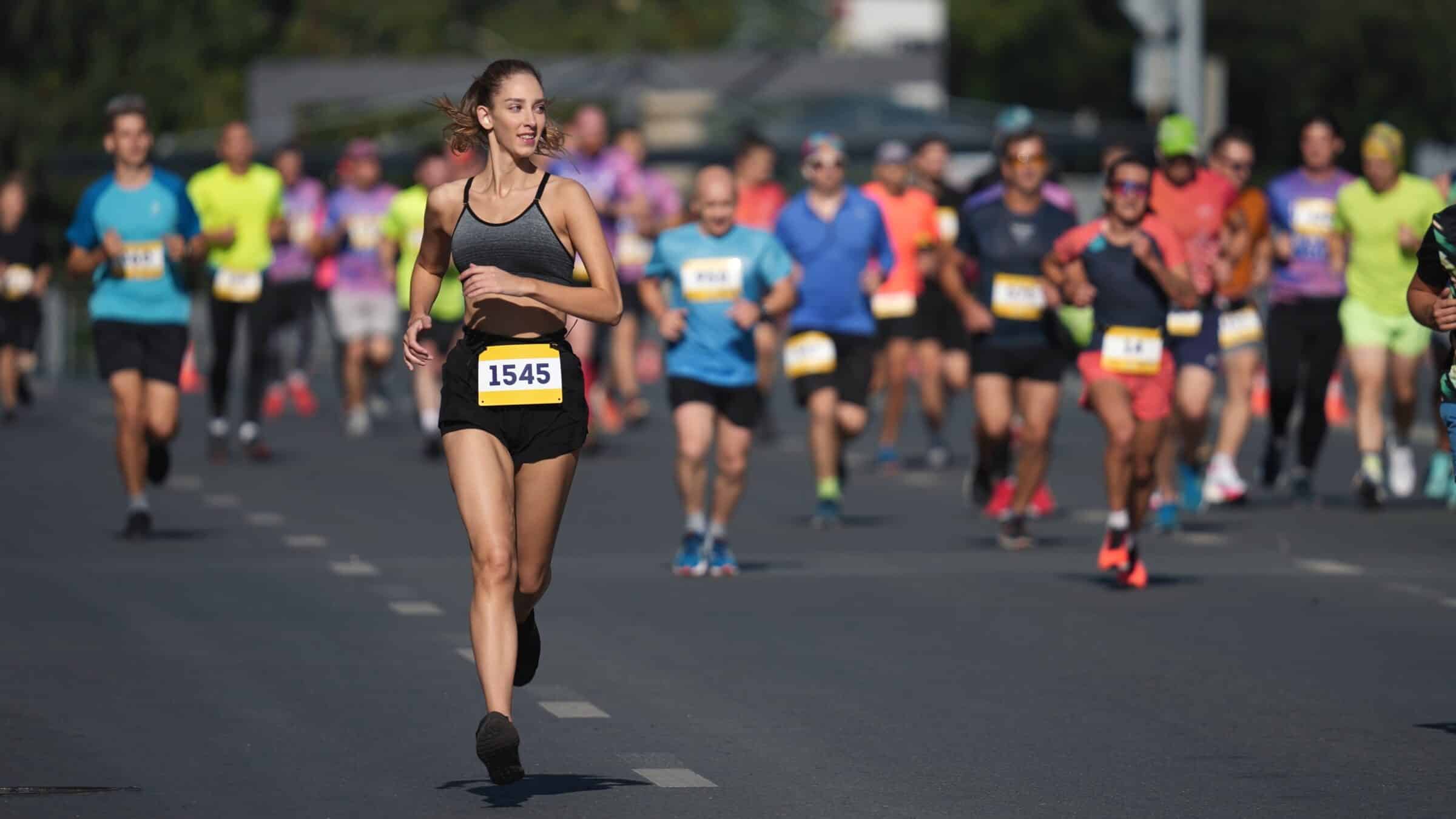 Sports Massage:
Sports Massage:Sports massage is primarily aimed at athletes or individuals engaged in regular physical activity. Its main objective is to enhance athletic performance, prevent injuries, and aid in the recovery process. Sports massage techniques are often applied before, during, or after sports events or intense workouts. Here are some characteristics of sports massage:1. Targeted areas: Sports massage typically focuses on specific areas of the body that are affected by the athlete’s particular sport or physical activity. These may include muscles, tendons, ligaments, and joints that are subjected to repetitive movements or high levels of stress.2. Techniques: Sports massage techniques can vary but often involve a combination of deep tissue massage, stretching, compression, and friction. The therapist may use techniques such as effleurage (long, gliding strokes), petrissage (kneading and squeezing motions), and tapotement (rhythmic tapping) to address specific concerns.
3. Objectives: The primary goals of sports massage are to improve flexibility, enhance range of motion, increase blood circulation, reduce muscle tension, and alleviate any pain or discomfort caused by sports-related activities. It aims to optimize performance, prevent injuries, and promote faster recovery.
Deep Tissue Massage:
Deep tissue massage, on the other hand, focuses on targeting the deeper layers of muscles and connective tissue. It aims to relieve chronic muscle tension, alleviate pain, and address musculoskeletal issues. Here are some characteristics of deep tissue massage:
1. Pressure and intensity: Deep tissue massage involves the application of firm pressure and slower strokes to reach the deeper layers of muscle tissue. The therapist uses deliberate and sustained pressure to release tension and knots in the muscles.
2. Techniques: Deep tissue massage employs techniques like kneading, friction, and cross-fiber strokes to target specific areas of tension and tightness. It may involve using elbows, forearms, or specialized tools to apply the necessary pressure.
3. Objectives: The main objectives of deep tissue massage are to alleviate chronic muscle pain, improve mobility, and address musculoskeletal conditions such as back pain, neck pain, and repetitive strain injuries. It aims to break up scar tissue, release adhesions, and restore proper muscle function.
In summary, while sports massage and deep tissue massage share the goal of addressing musculoskeletal issues and promoting relaxation, sports massage is more targeted towards athletes and sports-related concerns, whereas deep tissue massage focuses on addressing chronic muscle tension and deeper layers of muscle tissue. Both techniques can be beneficial, but the choice between them depends on the individual’s specific needs and goals. It is advisable to consult with a qualified massage therapist to determine the most suitable approach for your situation.




